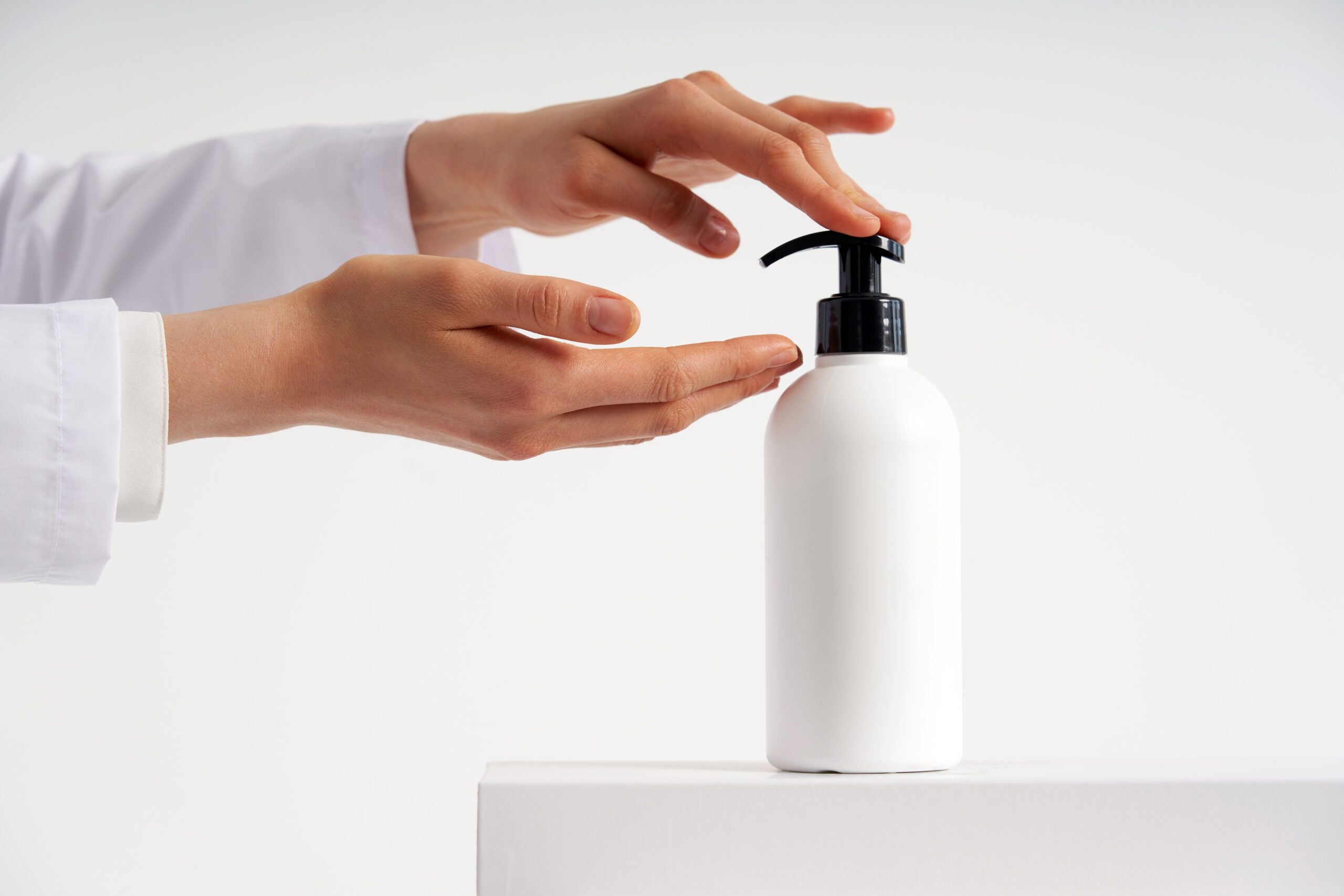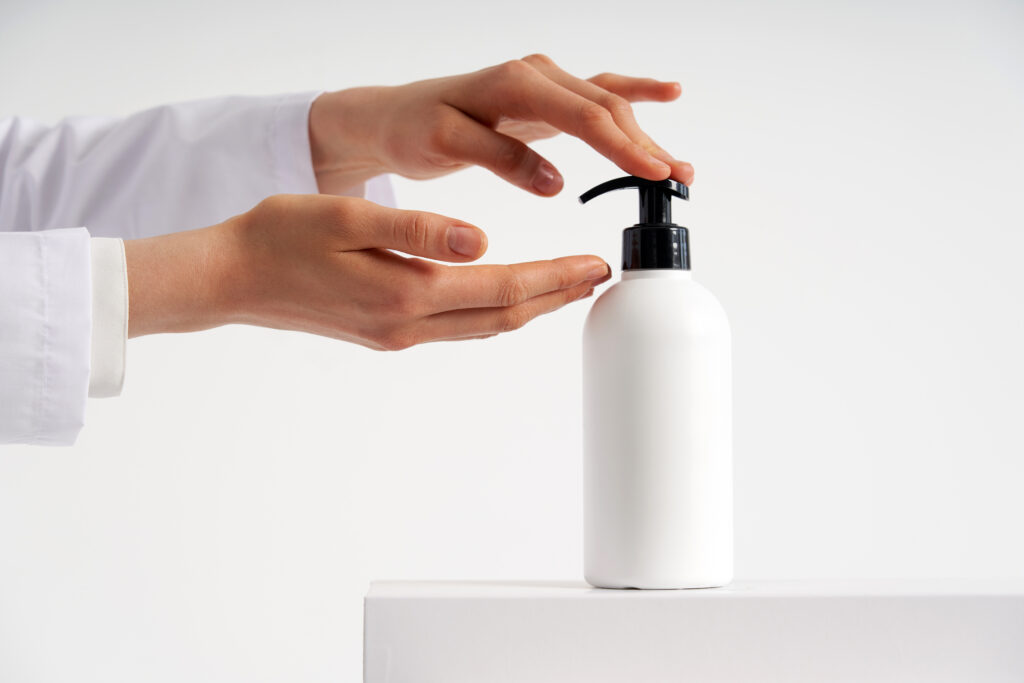
A soap case – how private labels made it through the lockdown
The “pandemic” and following lockdowns made cosmetic businesses face a bunch of tough challenges. Though, while some brands were barely making ends meet, others got a chance to turn the trouble into opportunities.
 Obviously, make-up was the segment doing the hardest times in the industry because of demand literally crashing down and most retail points getting shut for several months. A bit easier the situation went for skin care brands offering cremes and balms. Naturally, hygiene brands had the easiest quest to make and could get on top of the day thanks to the eruption of demand on soaps and sanitizers.
Obviously, make-up was the segment doing the hardest times in the industry because of demand literally crashing down and most retail points getting shut for several months. A bit easier the situation went for skin care brands offering cremes and balms. Naturally, hygiene brands had the easiest quest to make and could get on top of the day thanks to the eruption of demand on soaps and sanitizers.
How did private labels do?
Contract manufacturers faced a ton of difficulties starting from strict and expensive safety procedures, to collapsing logistic and supply chains, or even ground transformation in terms of producing hand sanitizers, which seemed to have infinite sales at some point.
Private label manufacturers were lucky to walk through the story on relatively easy mod. Mainly because label owners, large retail, or discount chains, didn’t suffer that much from the restrictions other fell under. On opposite, most of fragrance and beauty stores or boutiques never had that luck.
On a real example: the story of Serpol-Cosmetics
A part of an interview with Rafayel Asatryan, commercial director of Serpol-Cosmetics: «We, as Poland’s largest liquid soap manufacturers, actually had little to complain about. The biggest job to was engaging a ton of resource and effort into maintaining uninterruptable production process and supplying our workers with safety tools. As the epidemy blew off, people started to fanatically wash hands, like 10 times more often than normally, so soap turned from average everyday hygiene thing into essential supply. We just couldn’t allow a single production plant idle.
– Did things change significantly when the restrictions got cancelled?
As for the conditions we’re working in since – barely. Safety measures are still strictly followed. As for the business in the while – well, here are some changes to talk about now. Demand for hygiene supplies soothed a little compared to the peak in March and April yet remains higher than normally. Plus, sales of soap and alike products will remain on a high level just because people got used to wash hands more frequently, and generally pay more attention to hygiene.
– As for the disrupting supply chains. Now, as the deficit flattened, do the problems caused by supply shortage remain?
Now we can say, that in most retail chains supply is already a bit exceeding demand. Mainly, that’s because most manufacturers had to transform or scale their capacities to satisfy the burst of demand, and second, because that some kind of hype around sanitizers opened the door for a bunch of new players to enter the market. This wave, by the way, also let many brands to stay afloat by freezing the production of products that lost on demand and turning to antibacterial supplies production.
Speaking of raw materials, alcohol suppliers played the key role. Now, luckily, we there’s plenty of alcohol in the market. Deficit has passed, and now raw materials got cheaper, making the final product much more affordable. The same with other components. The only trouble everyone has to deal with is tough lack of packaging, especially closures like pumps, that mostly come from China. Global demand for closures remains high, and suppliers take advantage of that raising prices and stretching lead time, often not even bothering to tell any reason. This makes the key ring of the supply chain fall out denying the whole product. We neither had a chance to avoid this problem, so we had to sacrifice some user experience and shift to screw, flip-top and push-pull caps to make sure production never delayed for a day. Luckily for us, we produce bottles and jars ourselves, so this part of deficit did not affect our business.
– How do you see what’s coming after the “pandemic”?
As I’ve already said, corona summoned a lot of new strong habits among people, which sometimes directly, sometimes indirectly influence consumer patterns. Also, a lot of purchasing decisions will also depend on economical factors, that are now difficult to predict.
We can’t really make any universal assumptions basing on our own point view only, as we’ve been part of the “lucky” club whose sales went up. So, we personally could go the way of extension, invest in new capacities, and hire new employees – especially now, when the labor market is full of workers searching new places. That definitely helped us sustain, break the obstacles.
*Source: www. przemyslkosmetyczny.pl

